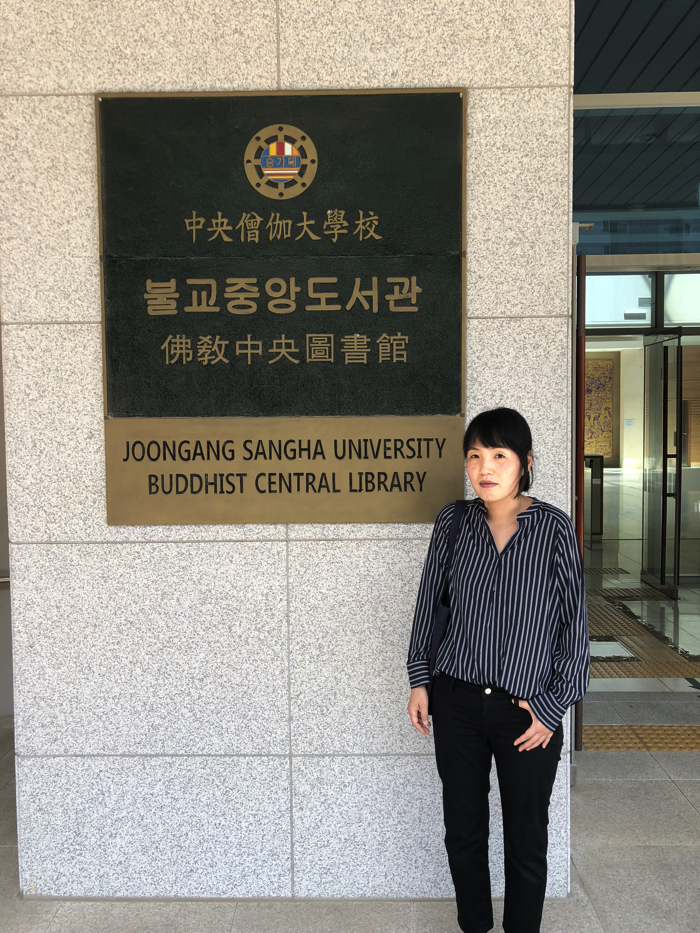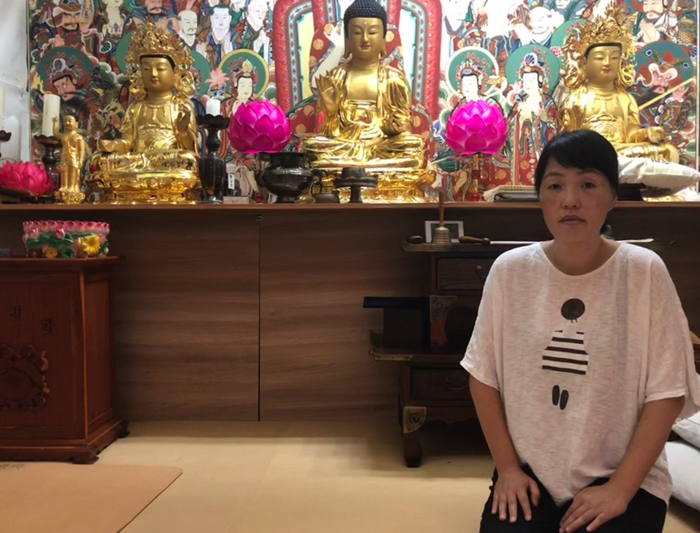- Project Leader : Jung Mee Kyung (Hanazono University, Graduate School of Literature)
Outline of Research
This study will examine the Buddhist scriptures of the Rinzai sect in modern Vietnam in books formerly possessed by Keifuku-Ji Temple in Thailand and currently owned by the CSEAS, Kyoto University. It will explore the influence of the Zen sect in Vietnam during French colonial rule, the anti-French independence movement, and the turbulent period until World War II. This will elucidate the regional characteristics of the Vietnamese Zen sect, which has been spread to the world by Thich Nhat Hanh, the forty-first priest of the Rinzai sect.
Description
This study examines the Buddhist scriptures of the Tendo school (天童派) of the Rinzai sect in modern Vietnam, using books formerly possessed by Keifuku-Ji temple in Thailand.
The Rinzai sect in Vietnam has such characteristics as the Pure Landism, Nenbutsu (Buddhist invocation), specific religious precepts, folk beliefs, “Amida” worship, in addition to Zen. The Rinzai sect was first transmitted to Vietnam during the Chin dynasty (陳朝) in the 13th century. During the dynasty, Vietnamese culture gained its own characteristics as Vietnam fought against successive Mongolian invasions. One of the cultural creations of that time was the invention of Chu Nom, an original script for the Vietnamese language. The creation marked the start of the translation of Buddhist scriptures into Chu Nom, which contributed to advancing the popularity of Buddhism among Vietnamese people. The Rinzai sect is said to have flourished in Vietnamese society during this period amid an atmosphere of growing cultural pride, and it became the central sect of Zen Buddhism in the country in later years.
Keifuku-Ji temple is said to have been built in 1896 by King Rama V in Thailand for the Vietnamese monk Keifuku. It is the temple of the Rinzai sect’s Tendo school. The CSEAS’s collection of old books formerly possessed by Keifuku-Ji contains various scriptures, such as Chu Nom versions of the Amitabha Sutra, the Cibeishui-Chanfa, as well as writings on folk beliefs such as Confucianism and Taoism.
Examining the main sutras of the Rinzai sect in Vietnam from this collection suggested that Vietnamese Buddhism was similar to modern style of Zen Buddhism between China and Korea, and that it had been joining the trend of the times such as the movement for the revival and reform of Buddhism, the movement for independence and popular movement. Because of similarities in the historical backgrounds of Japan, China and Korea, which were not only during the Chin dynasty but also during the Guen dynasty in Vietnam, the study could be developed in to a larger comparative study.


